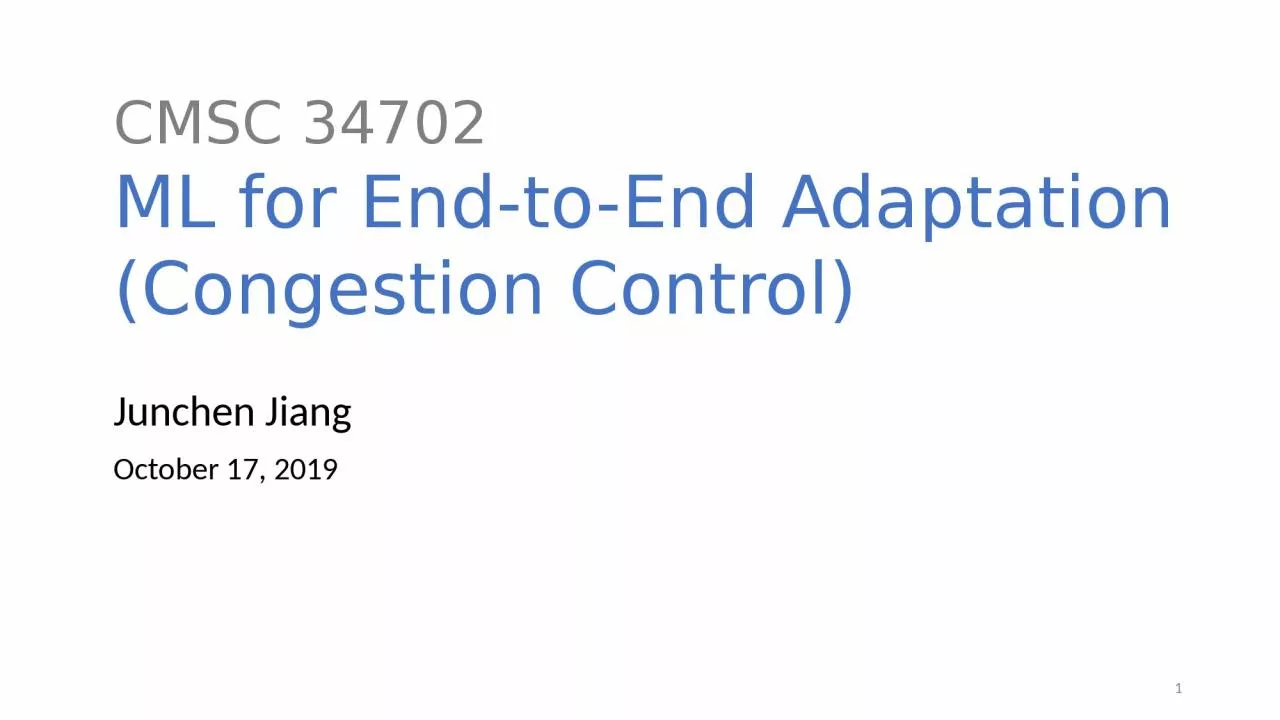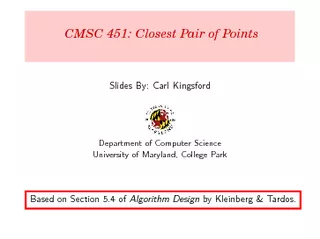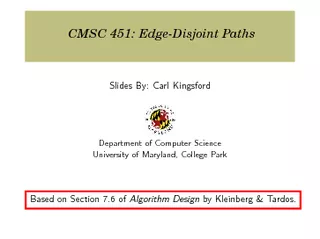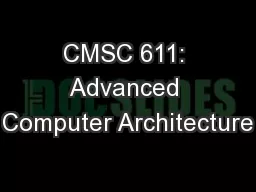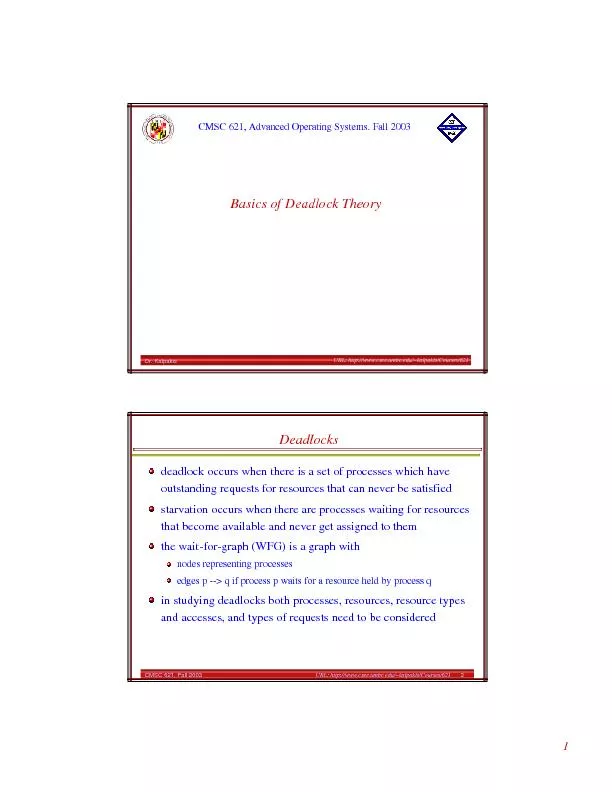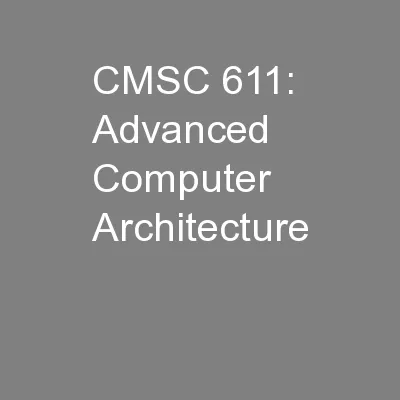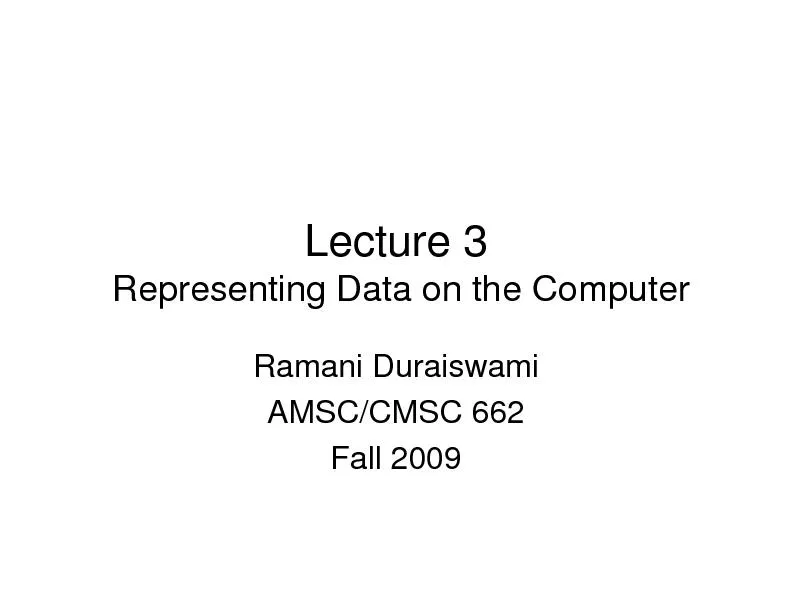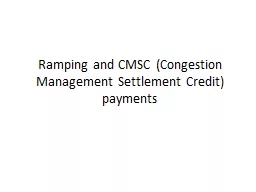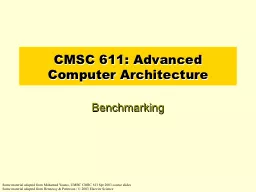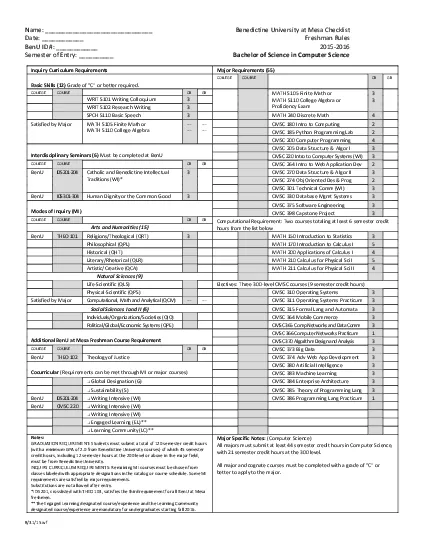PPT-CMSC 34702 ML for End-to-End
Author : fiona | Published Date : 2023-09-08
Adaptation Congestion Control Junchen Jiang October 17 2019 1 Congestion Control for High BandwidthDelay Product Networks TCP ex Machina ComputerGenerated Congestion
Presentation Embed Code
Download Presentation
Download Presentation The PPT/PDF document "CMSC 34702 ML for End-to-End" is the property of its rightful owner. Permission is granted to download and print the materials on this website for personal, non-commercial use only, and to display it on your personal computer provided you do not modify the materials and that you retain all copyright notices contained in the materials. By downloading content from our website, you accept the terms of this agreement.
CMSC 34702 ML for End-to-End: Transcript
Download Rules Of Document
"CMSC 34702 ML for End-to-End"The content belongs to its owner. You may download and print it for personal use, without modification, and keep all copyright notices. By downloading, you agree to these terms.
Related Documents

